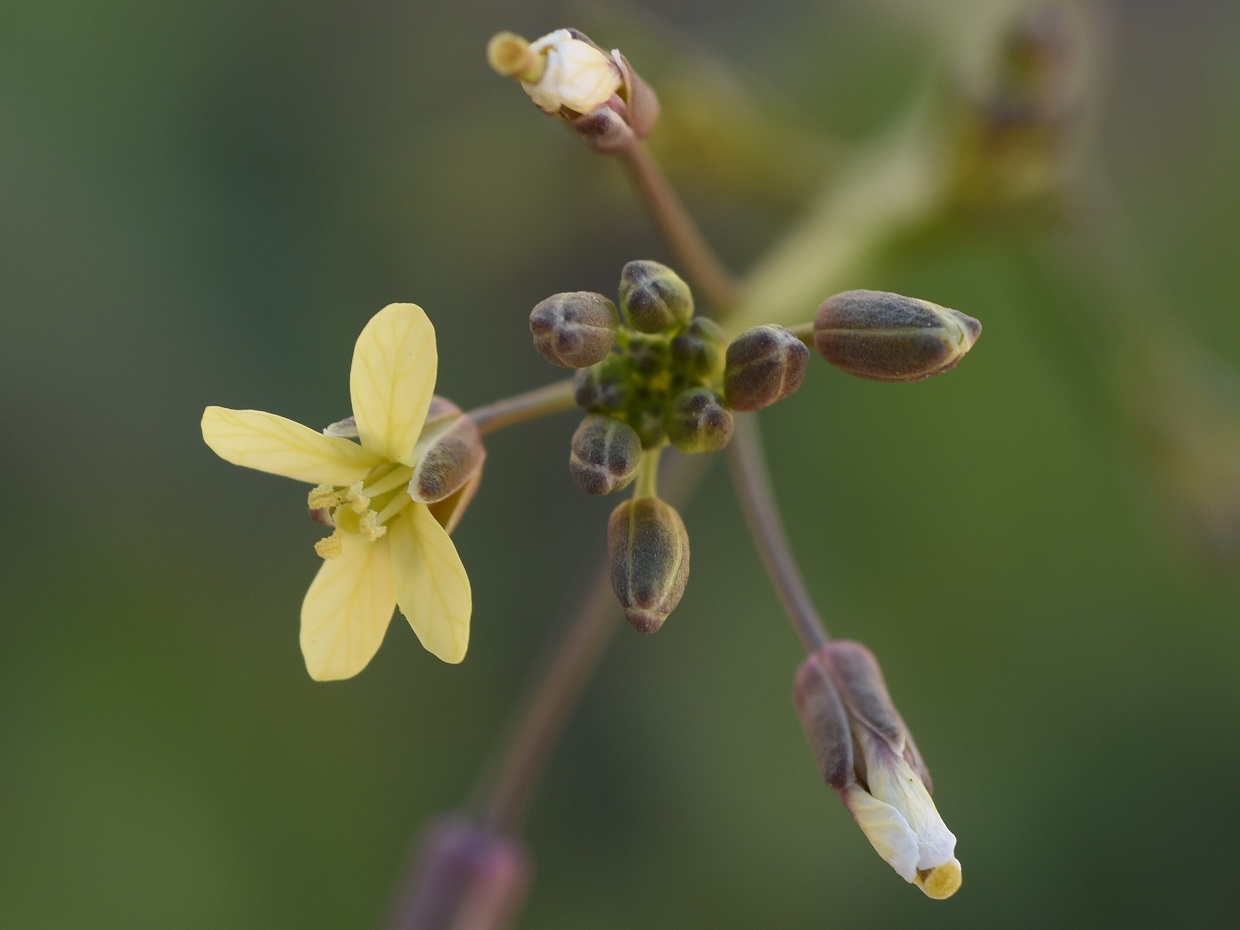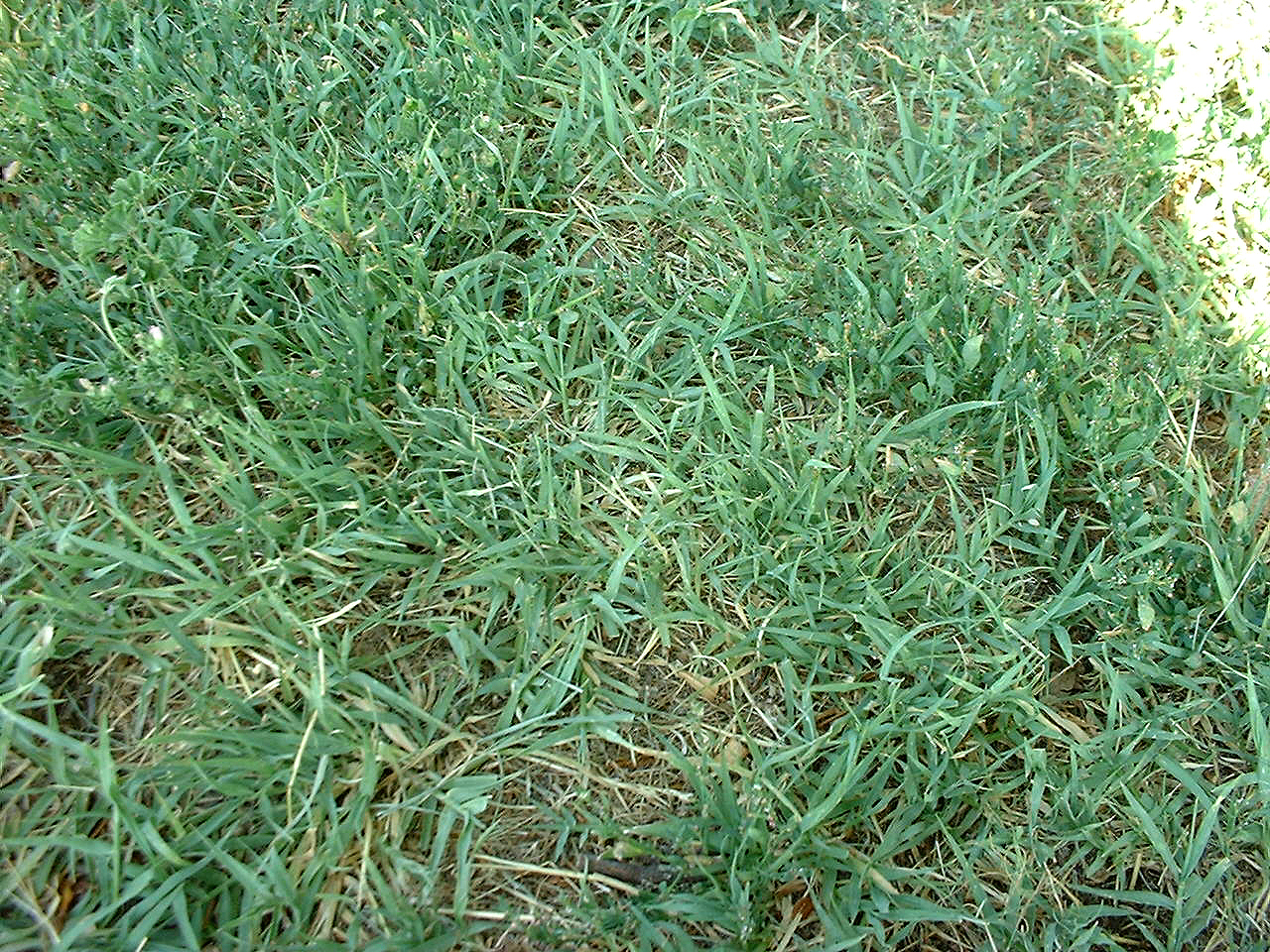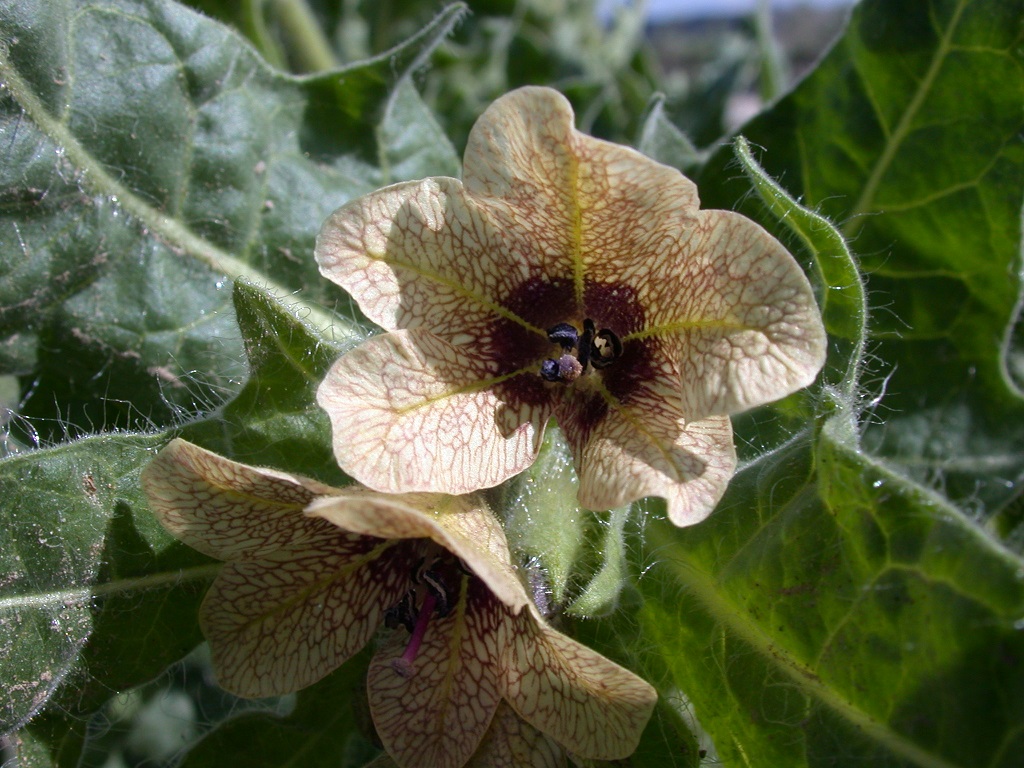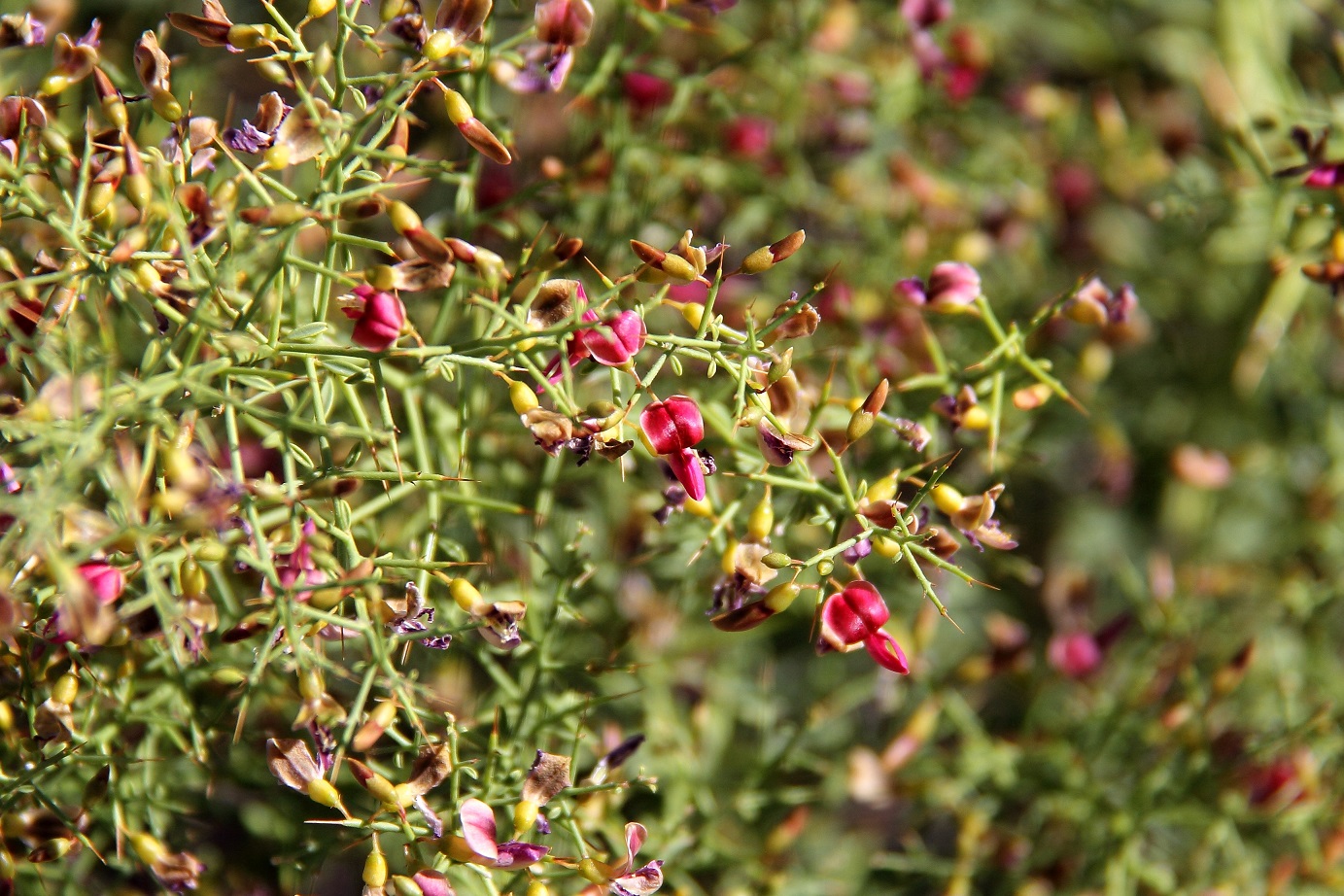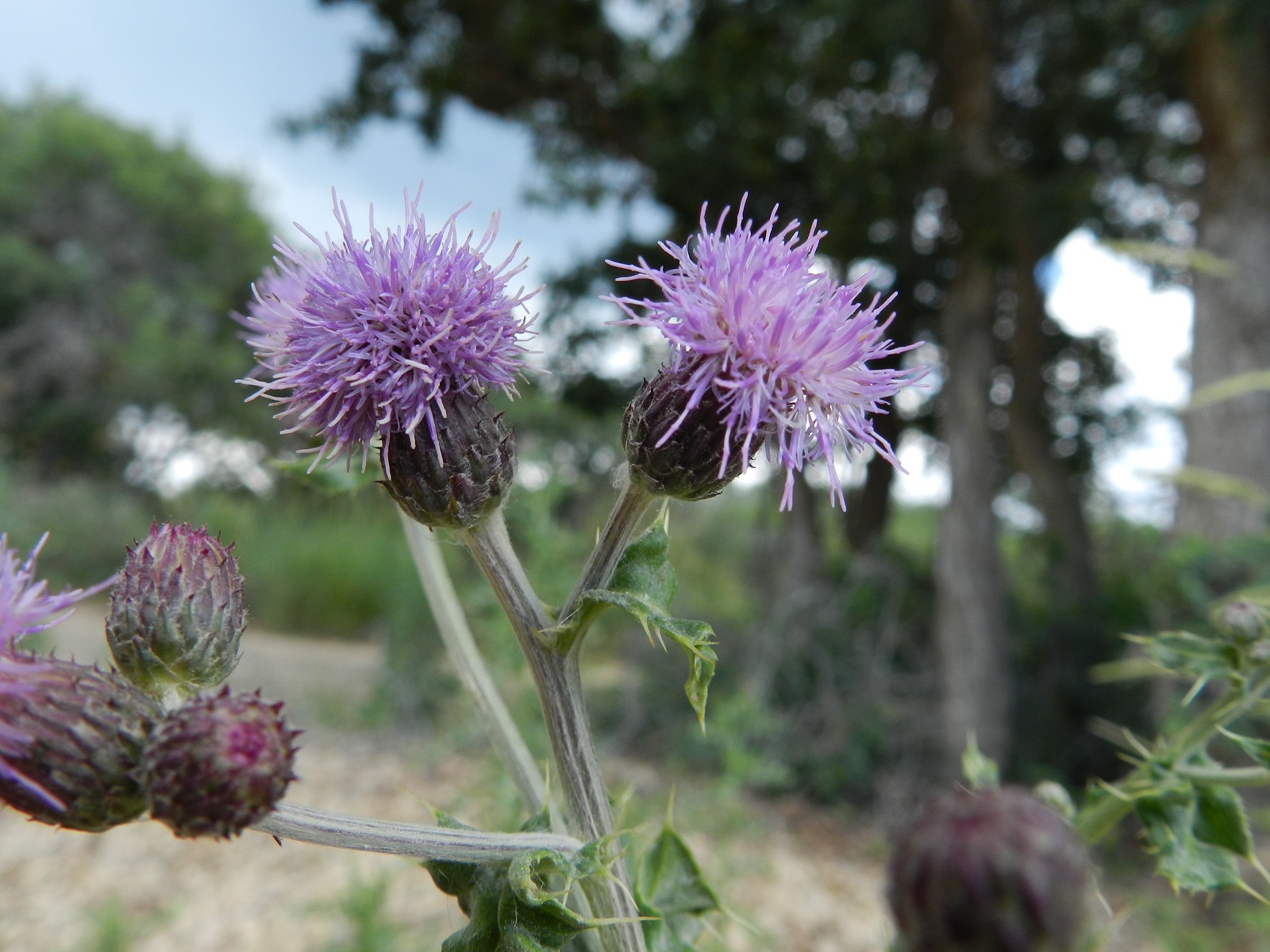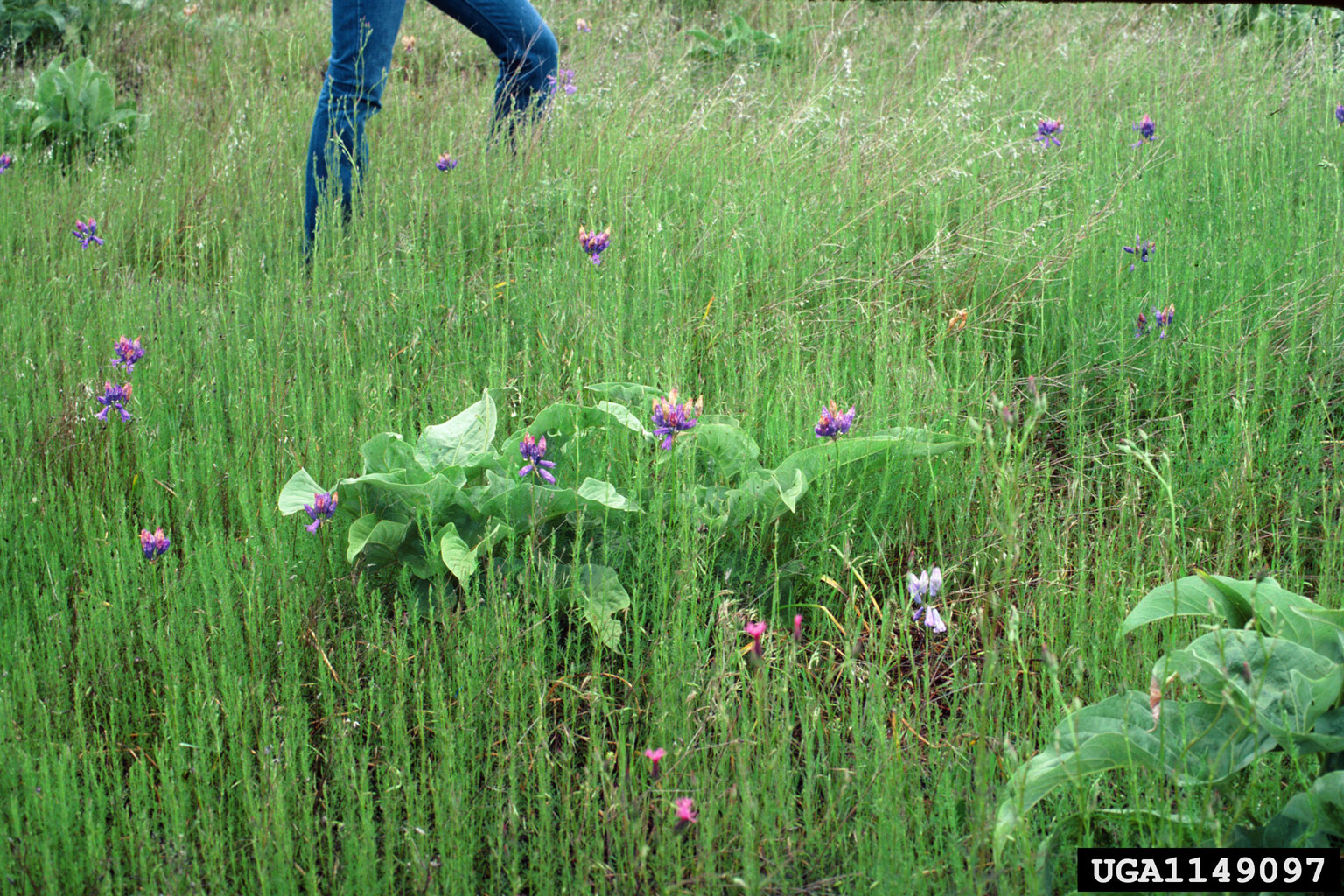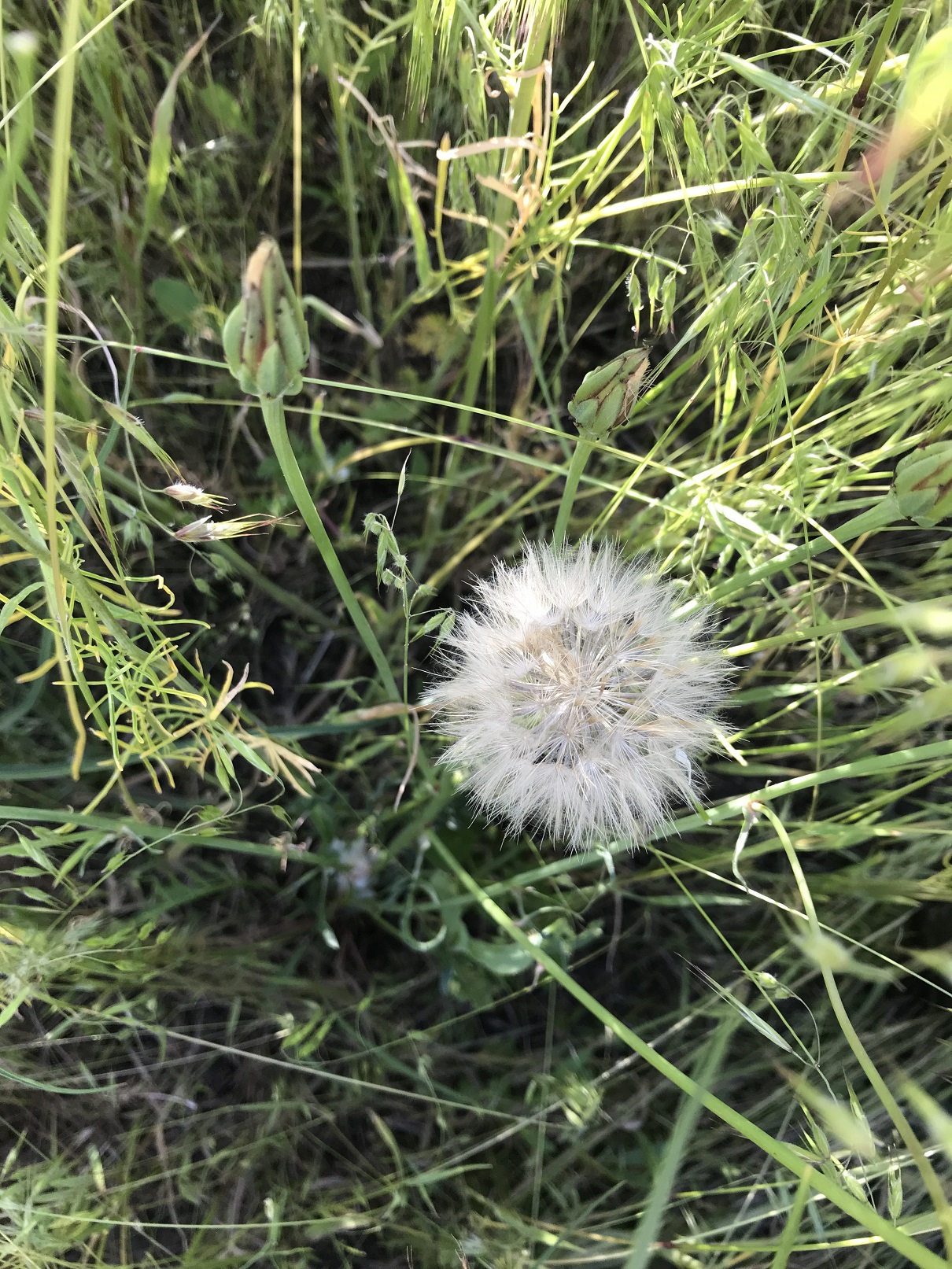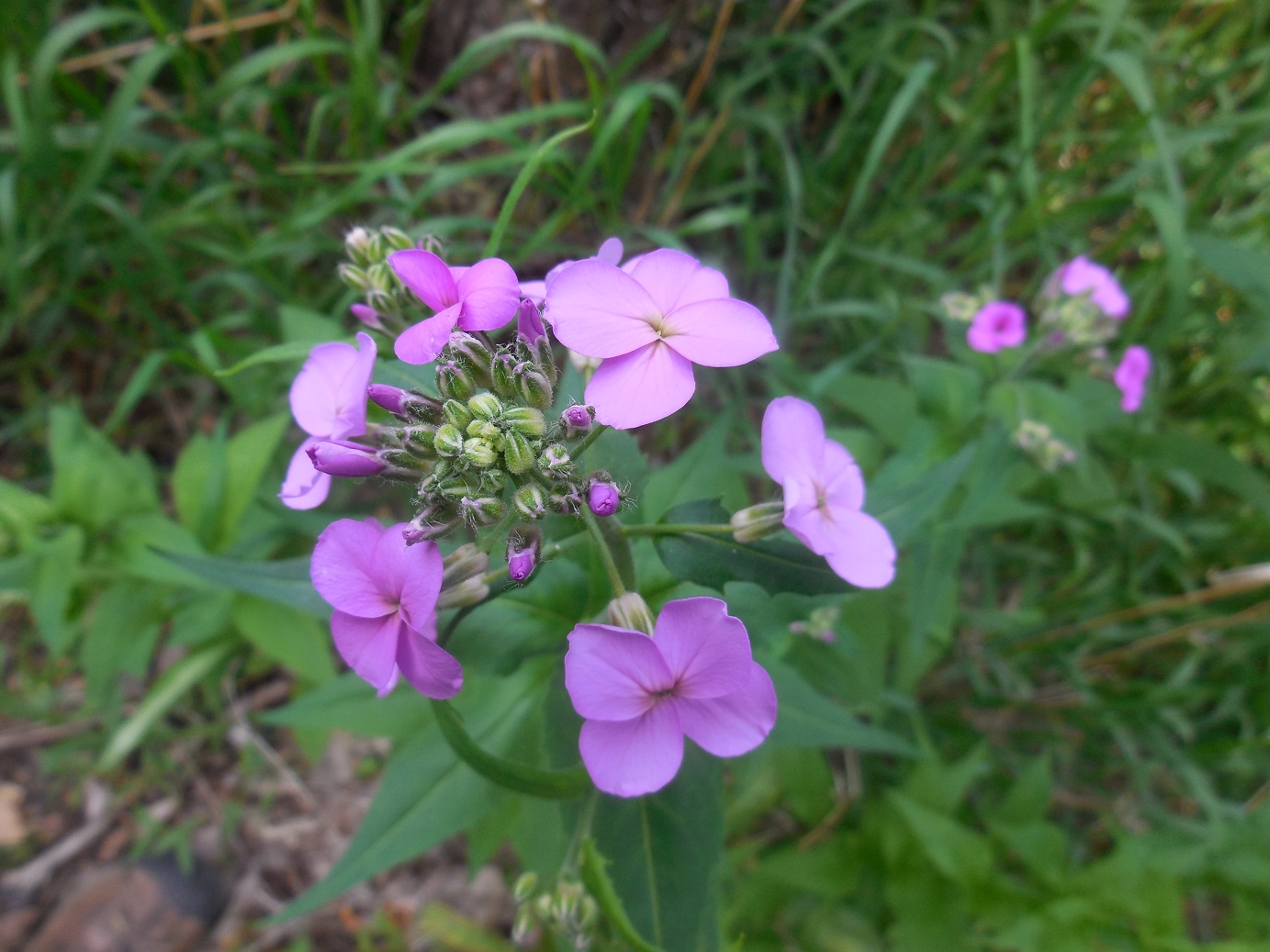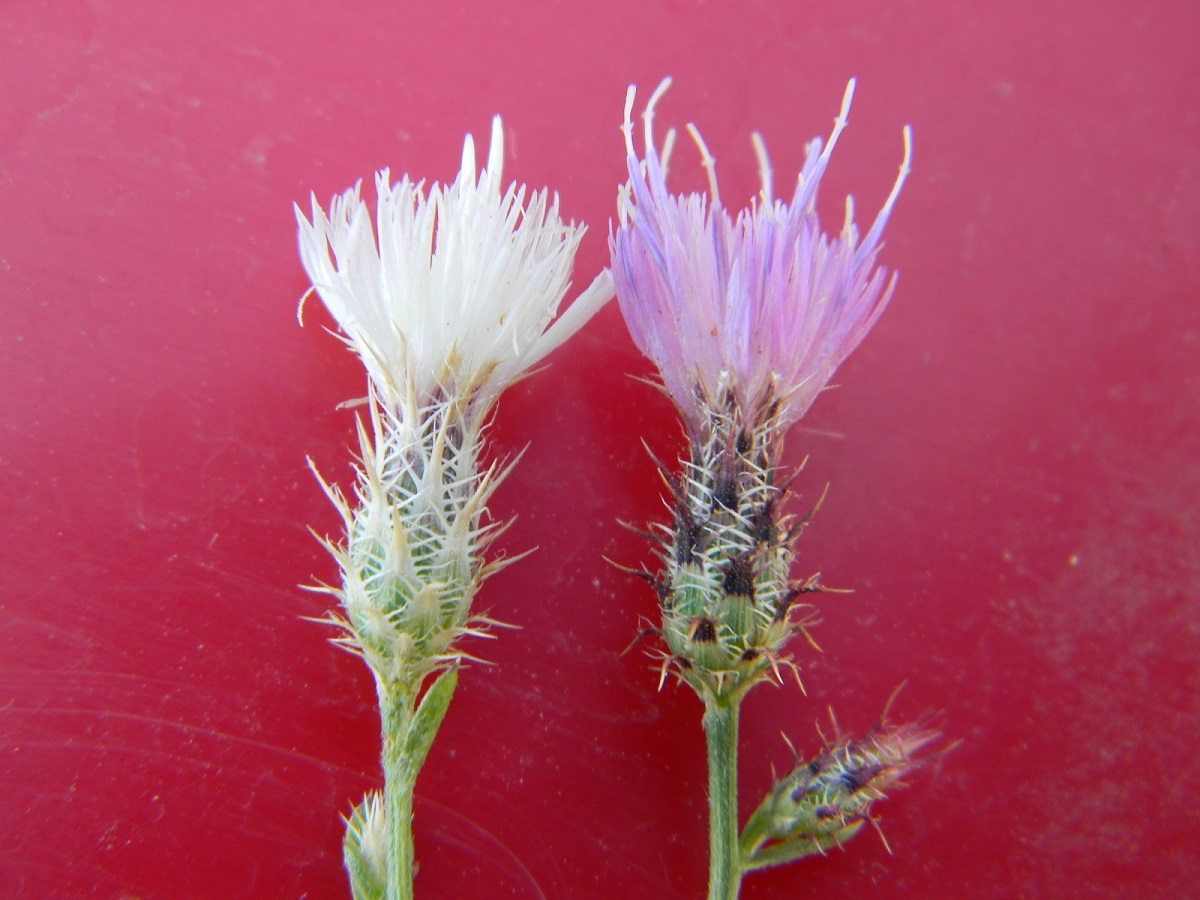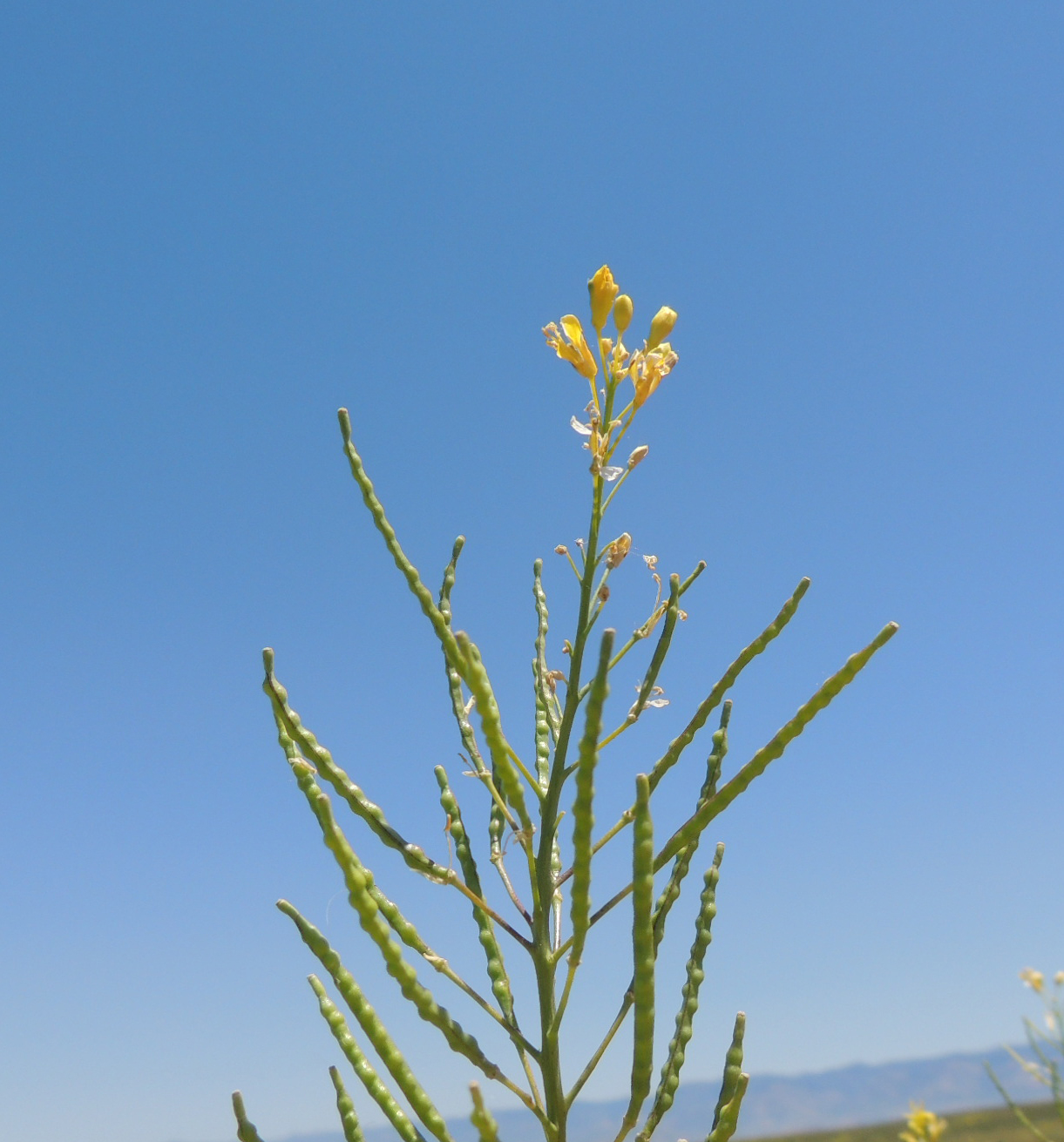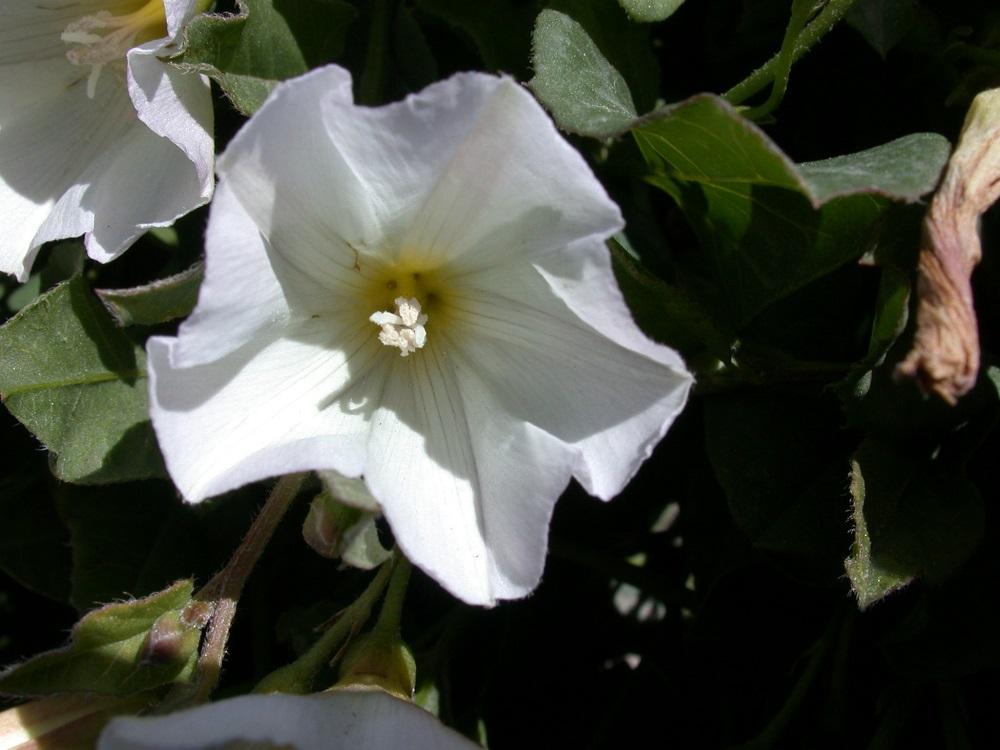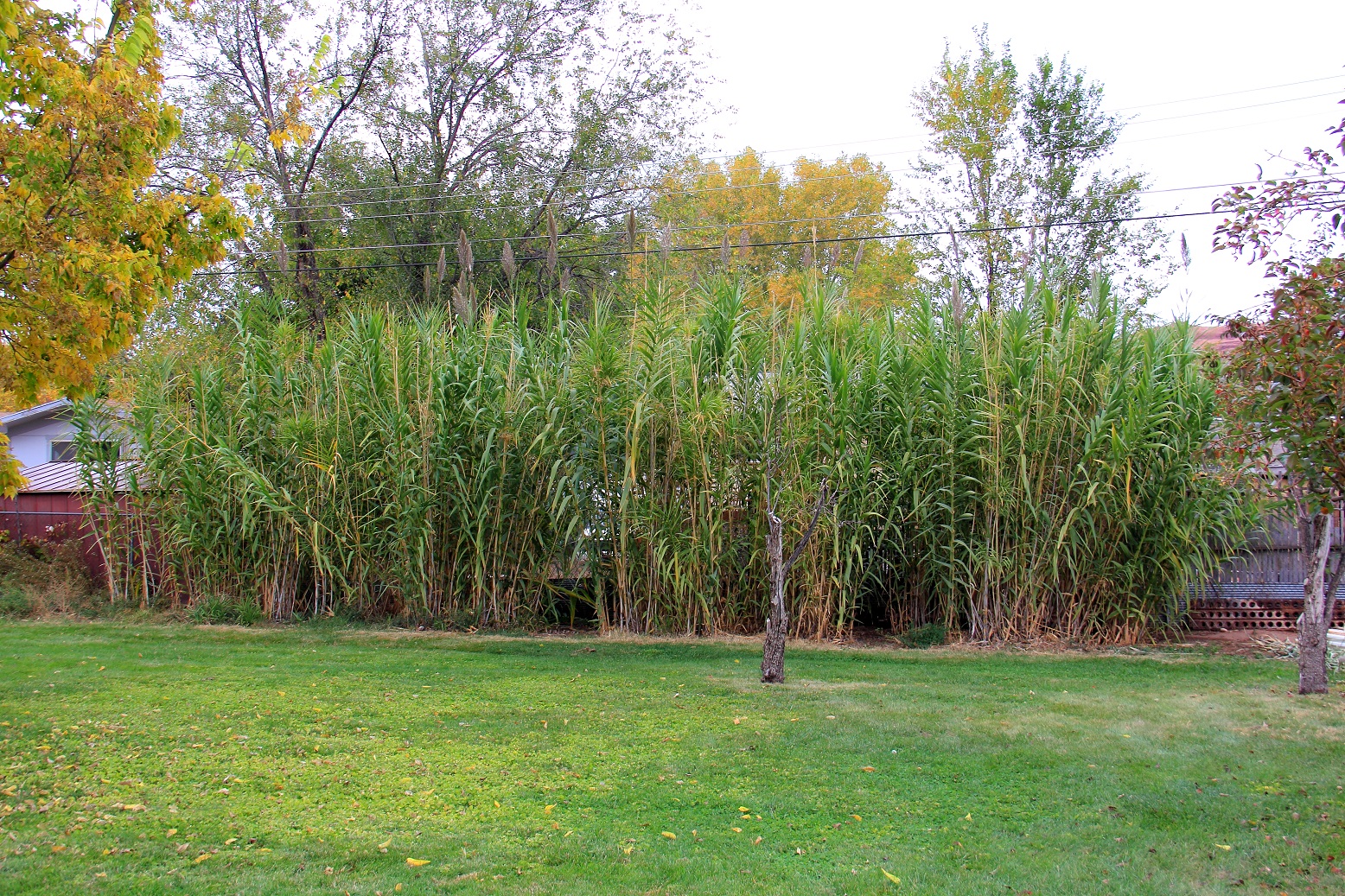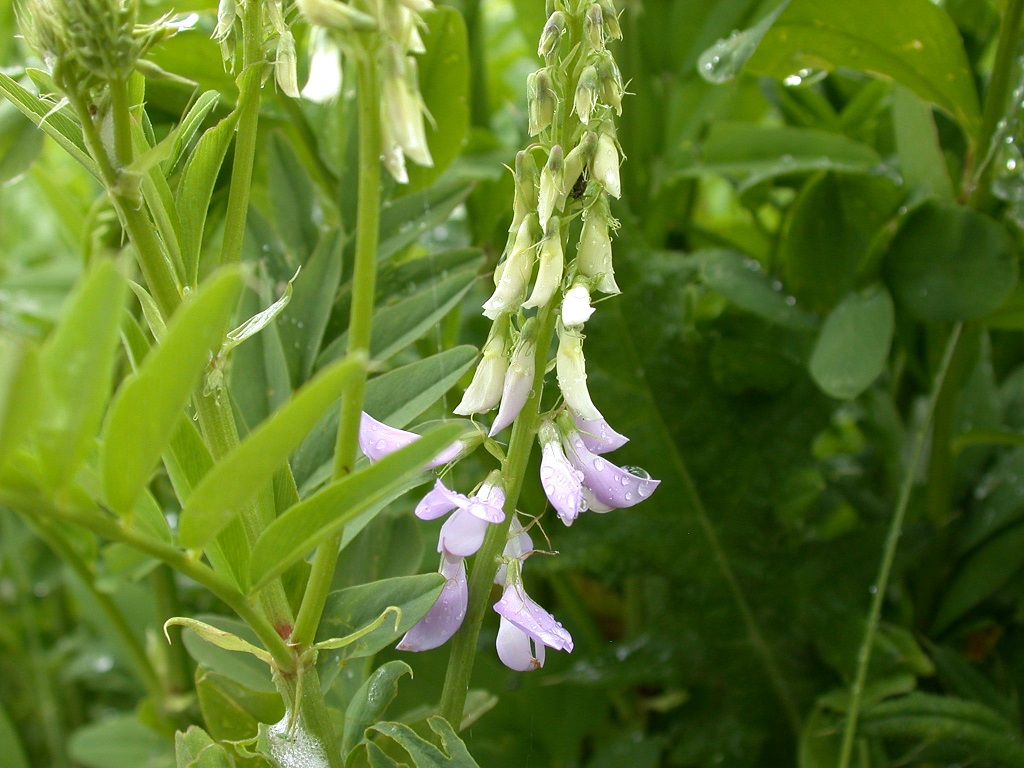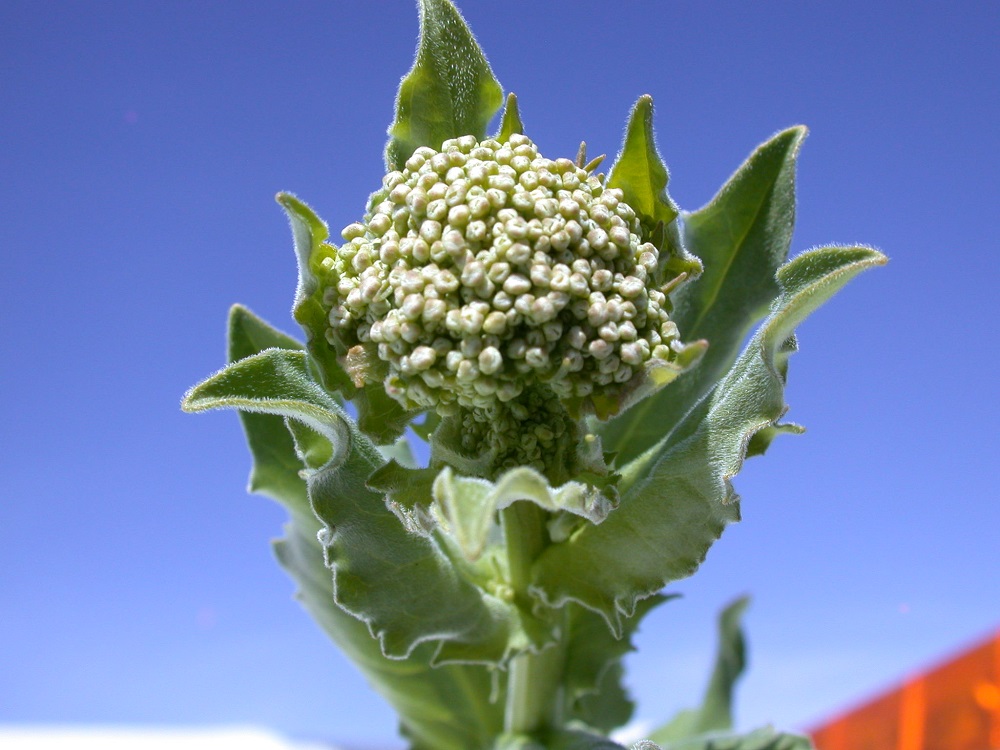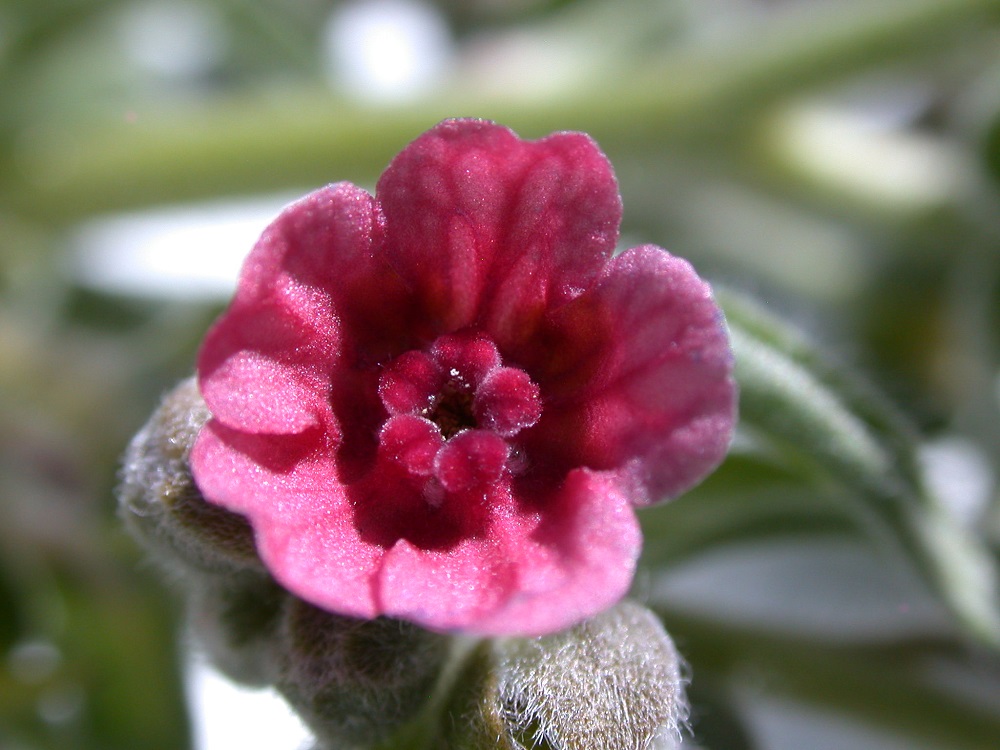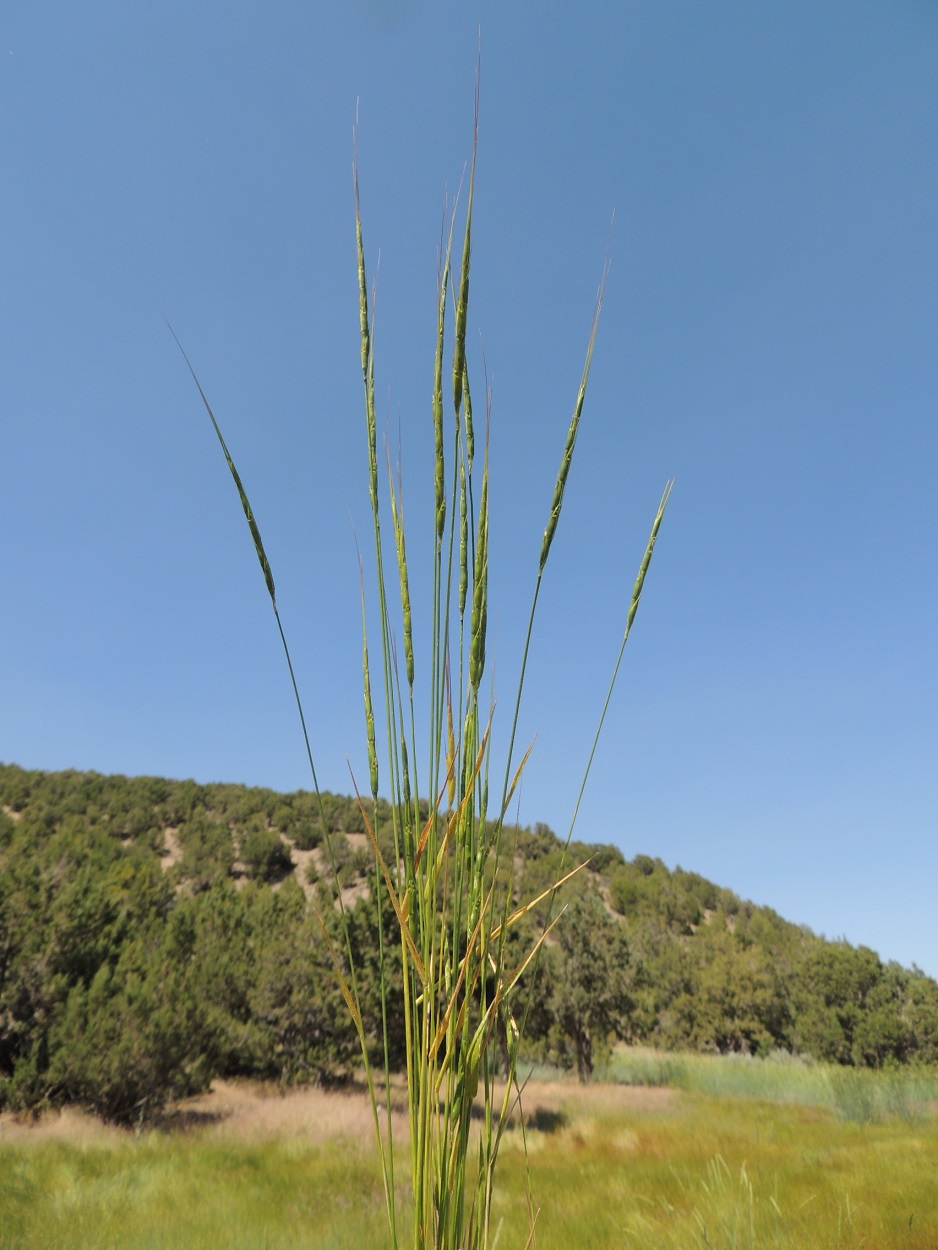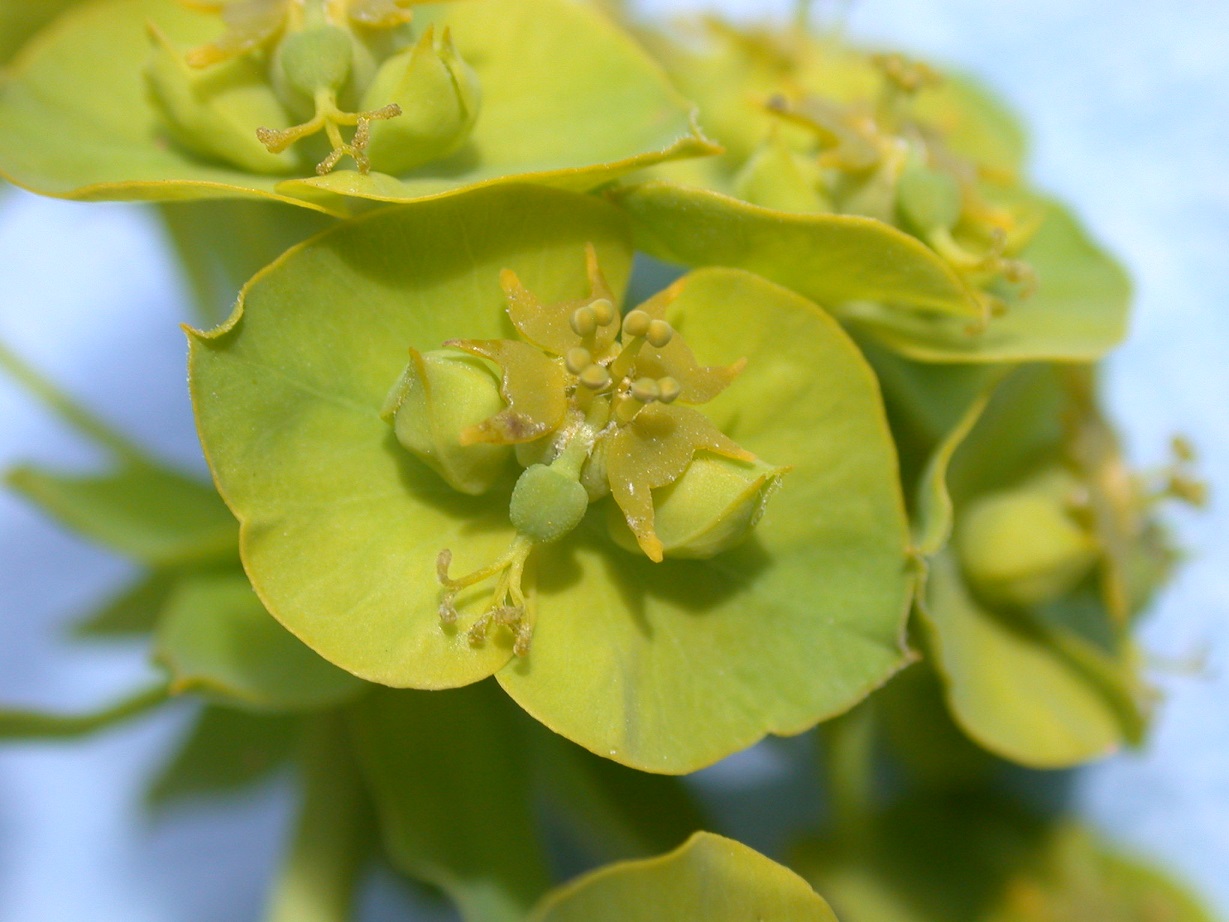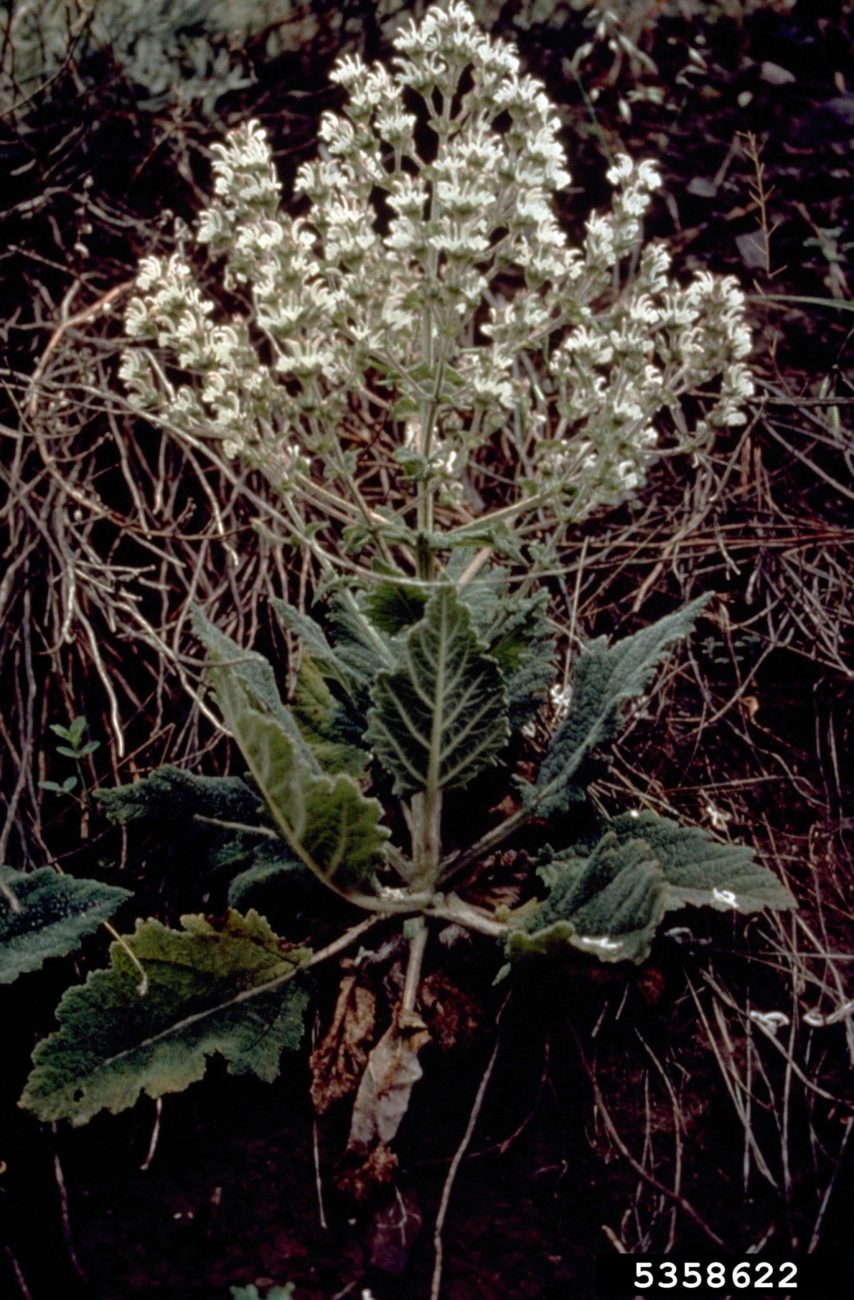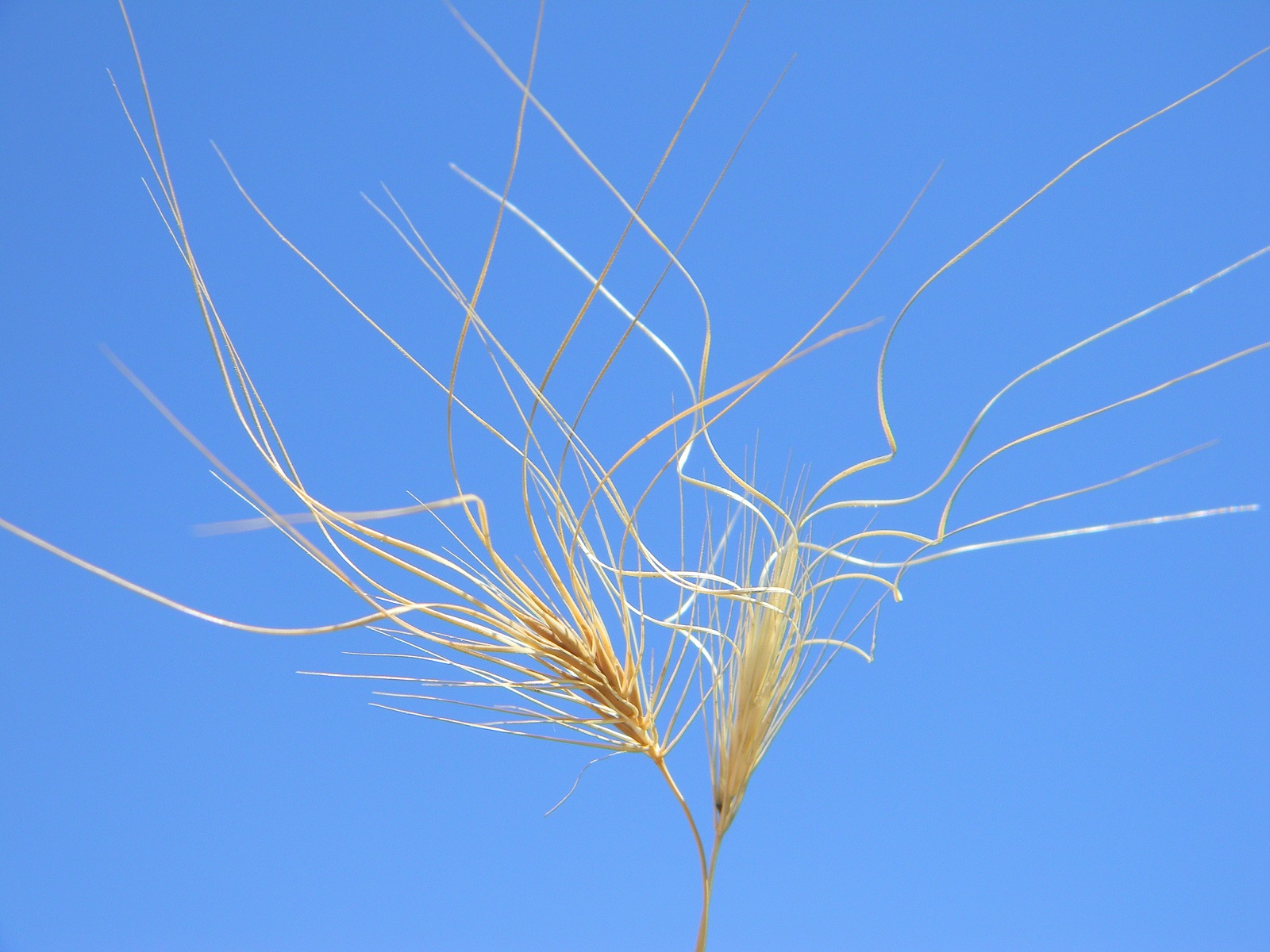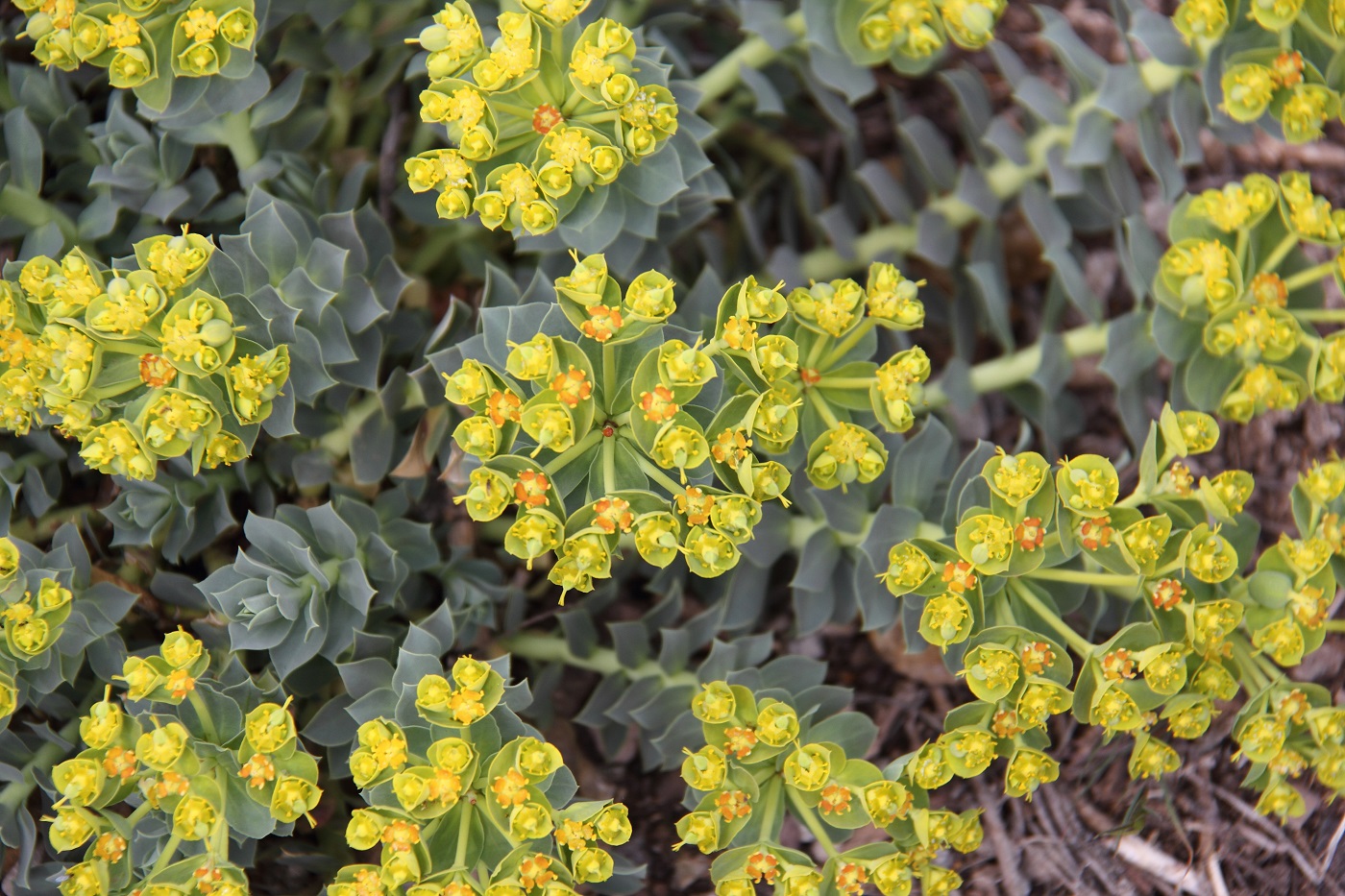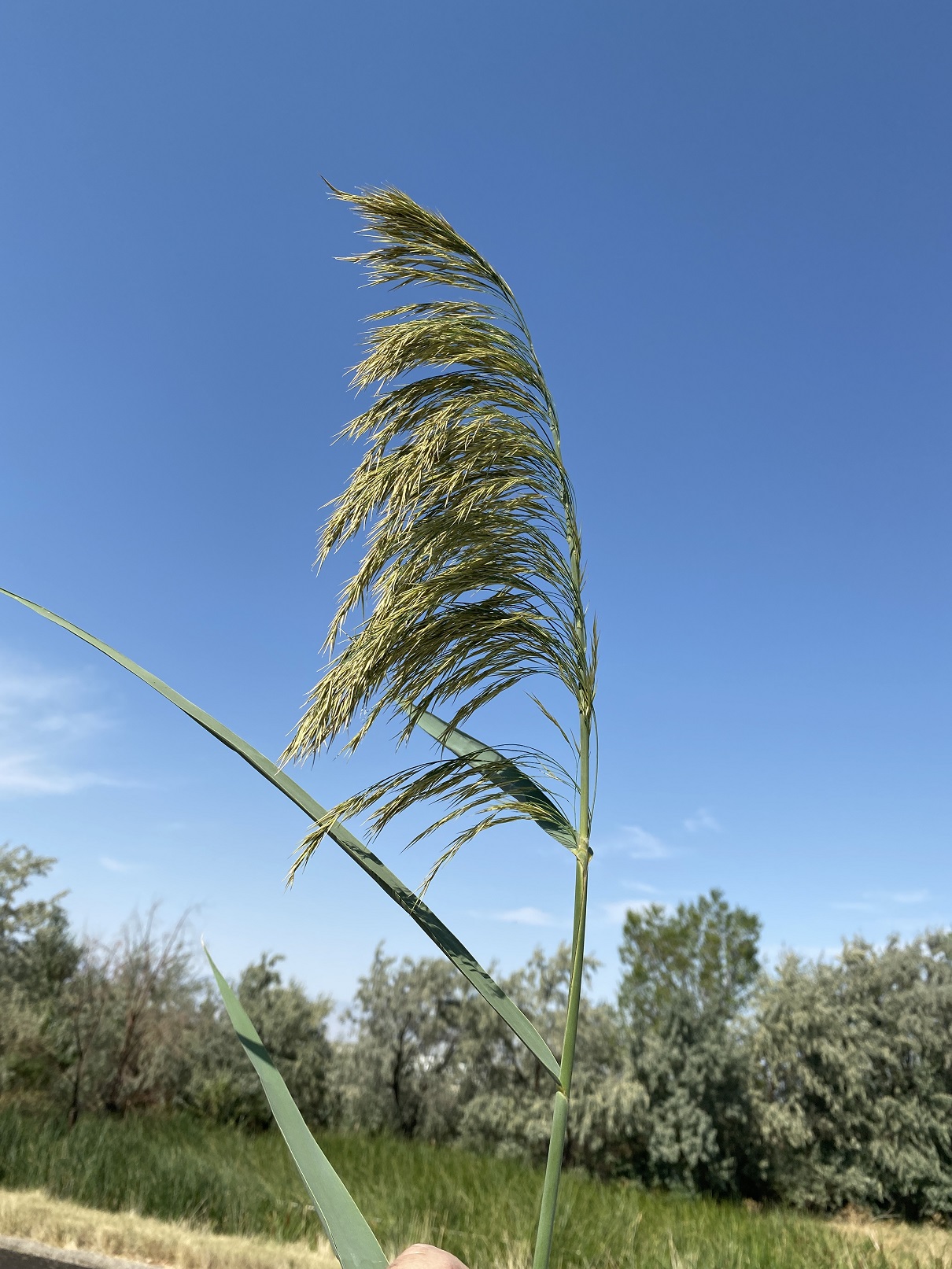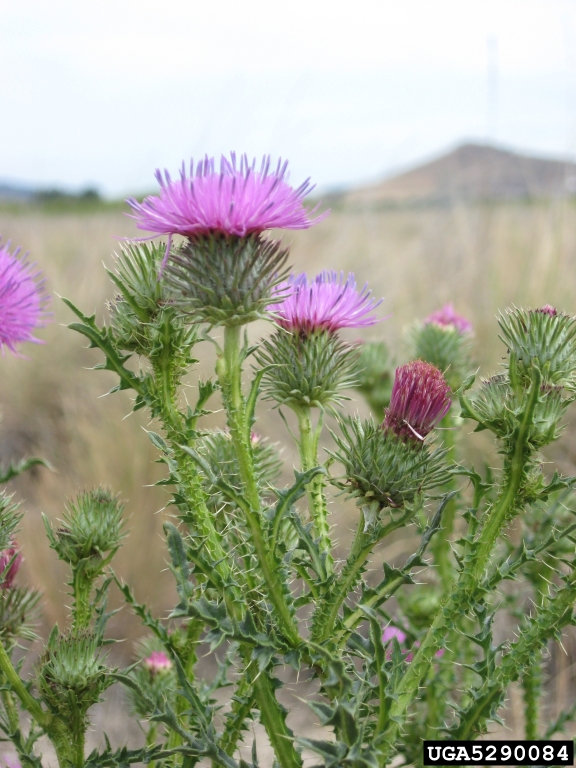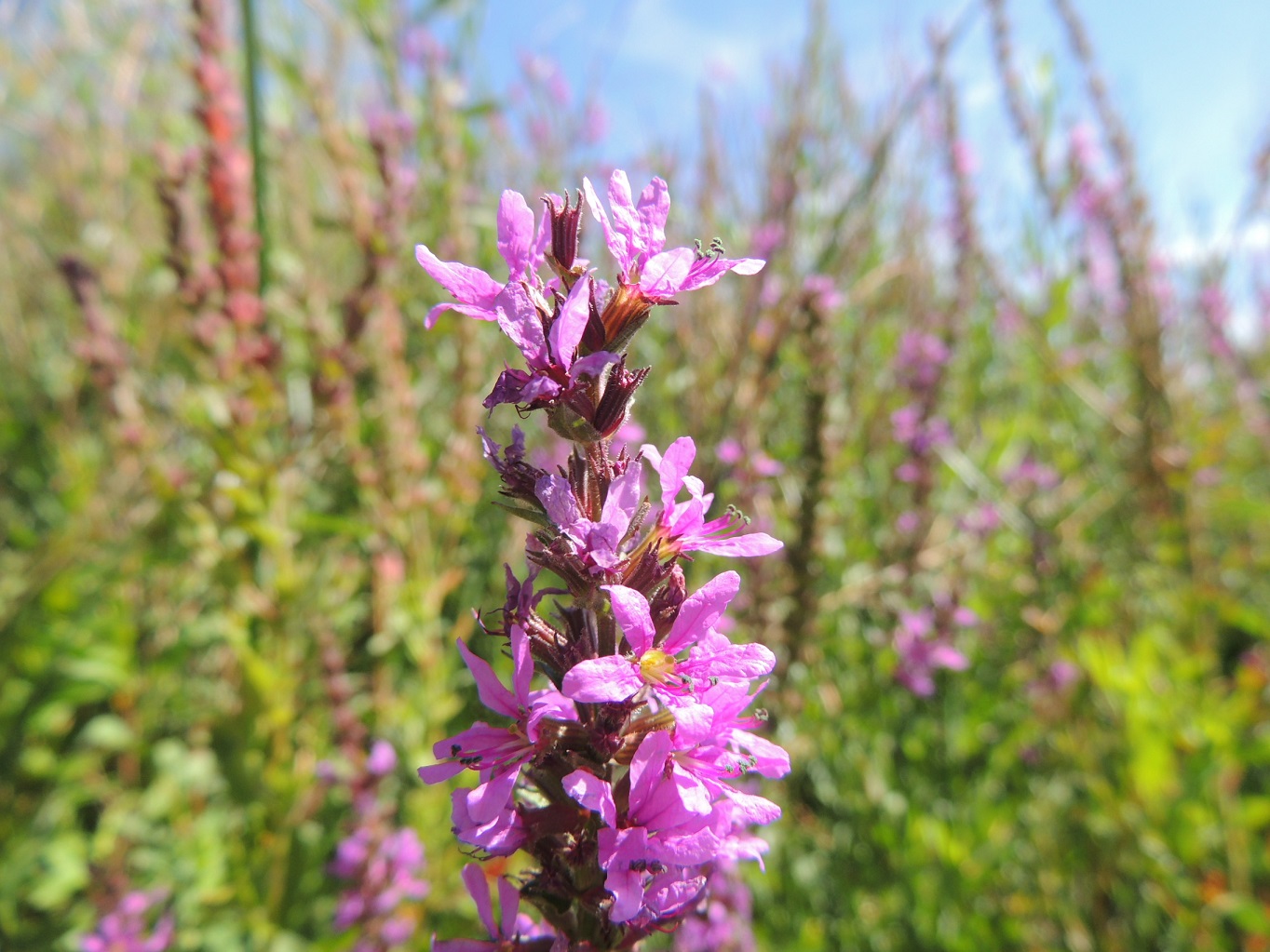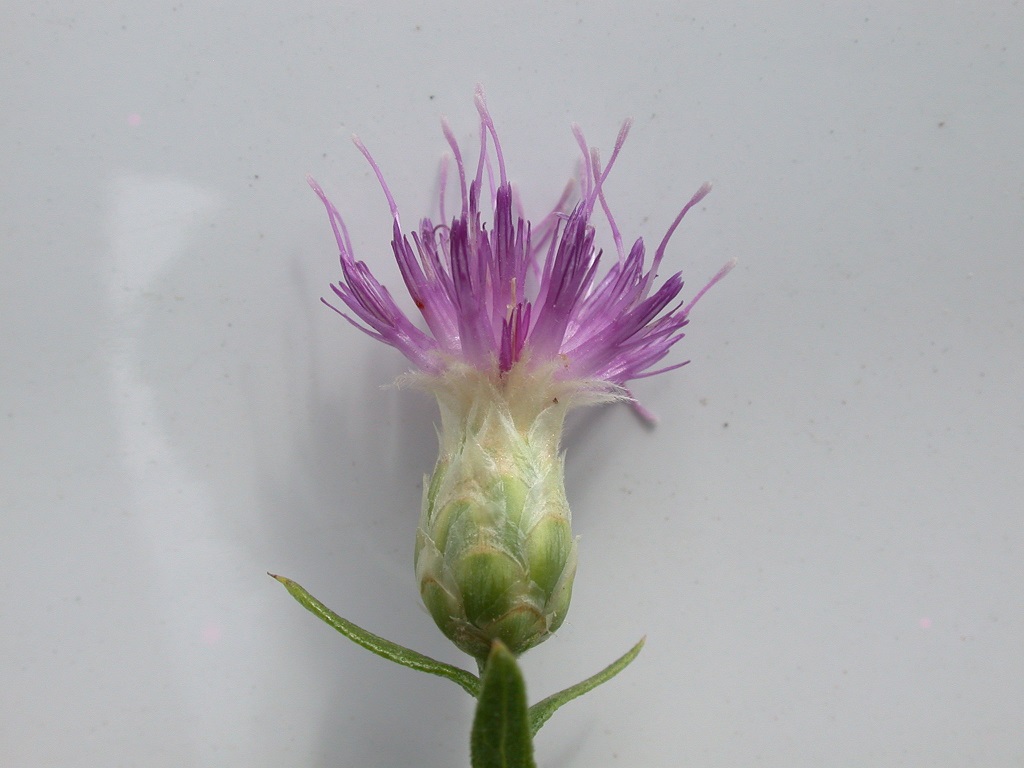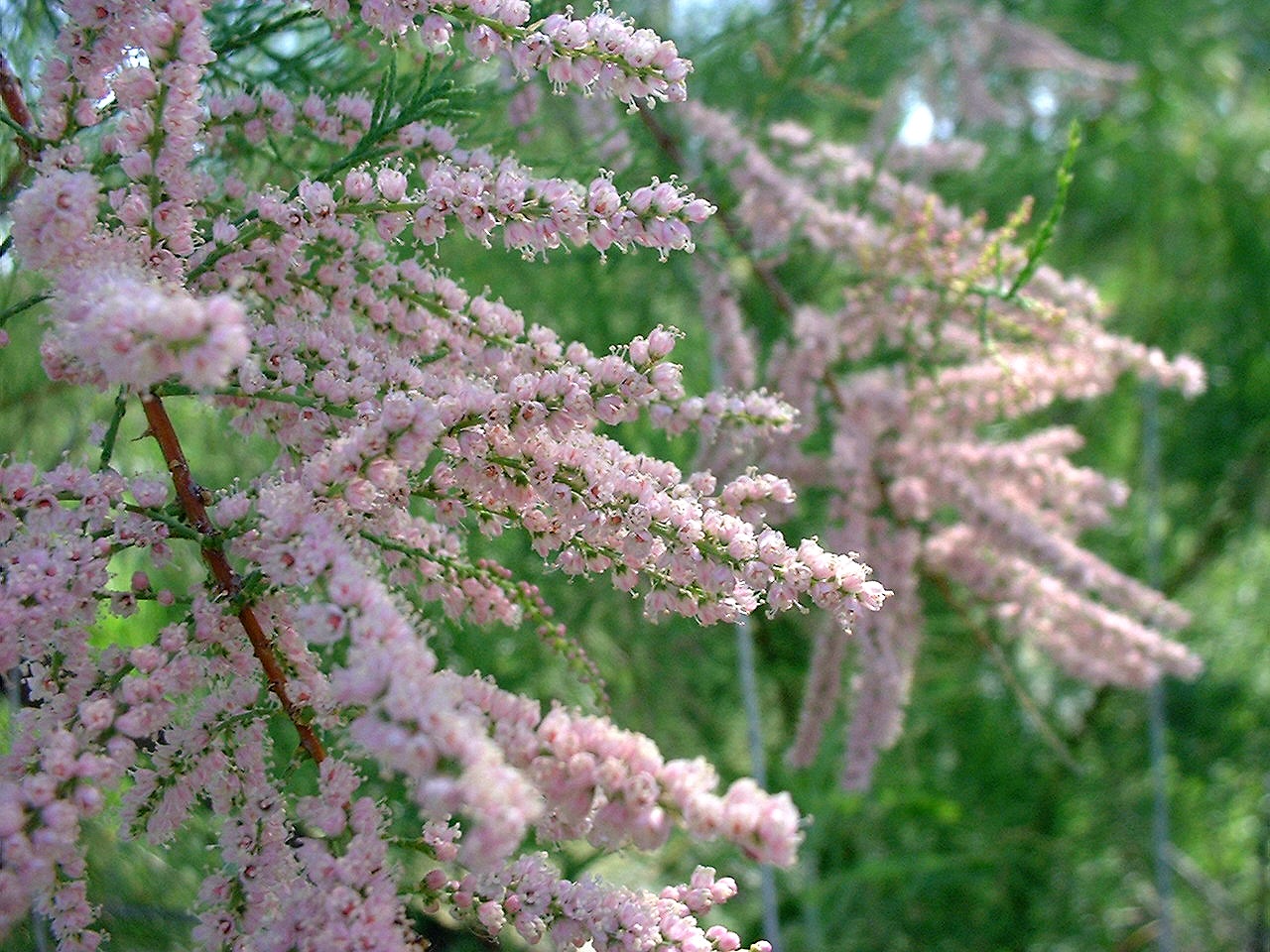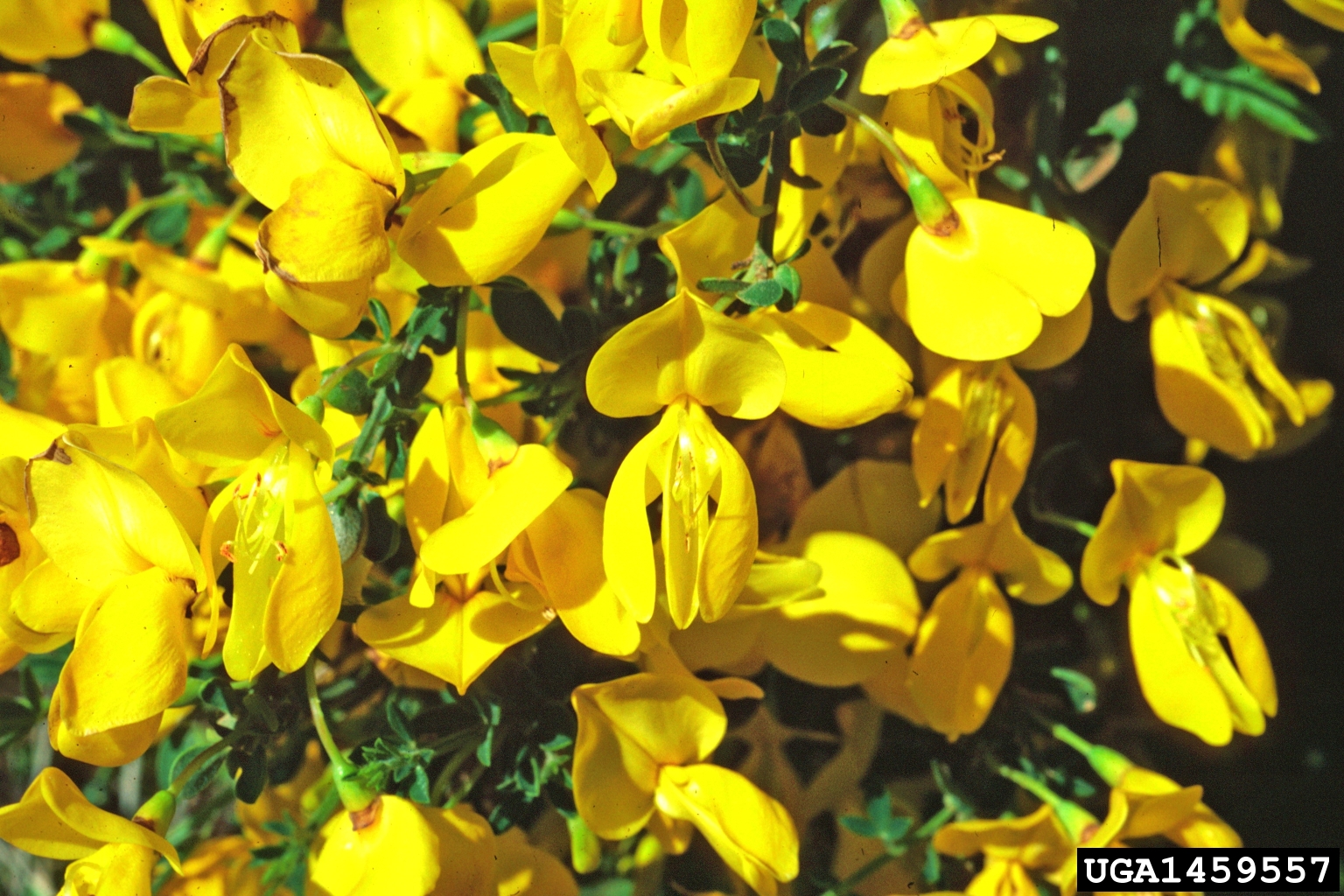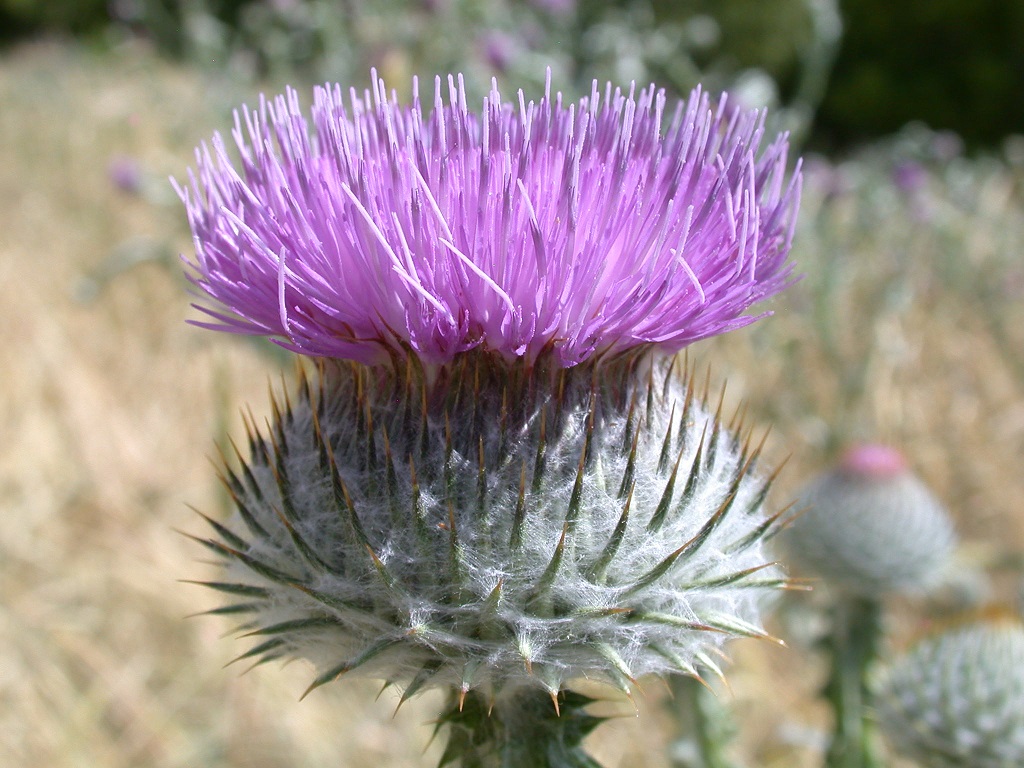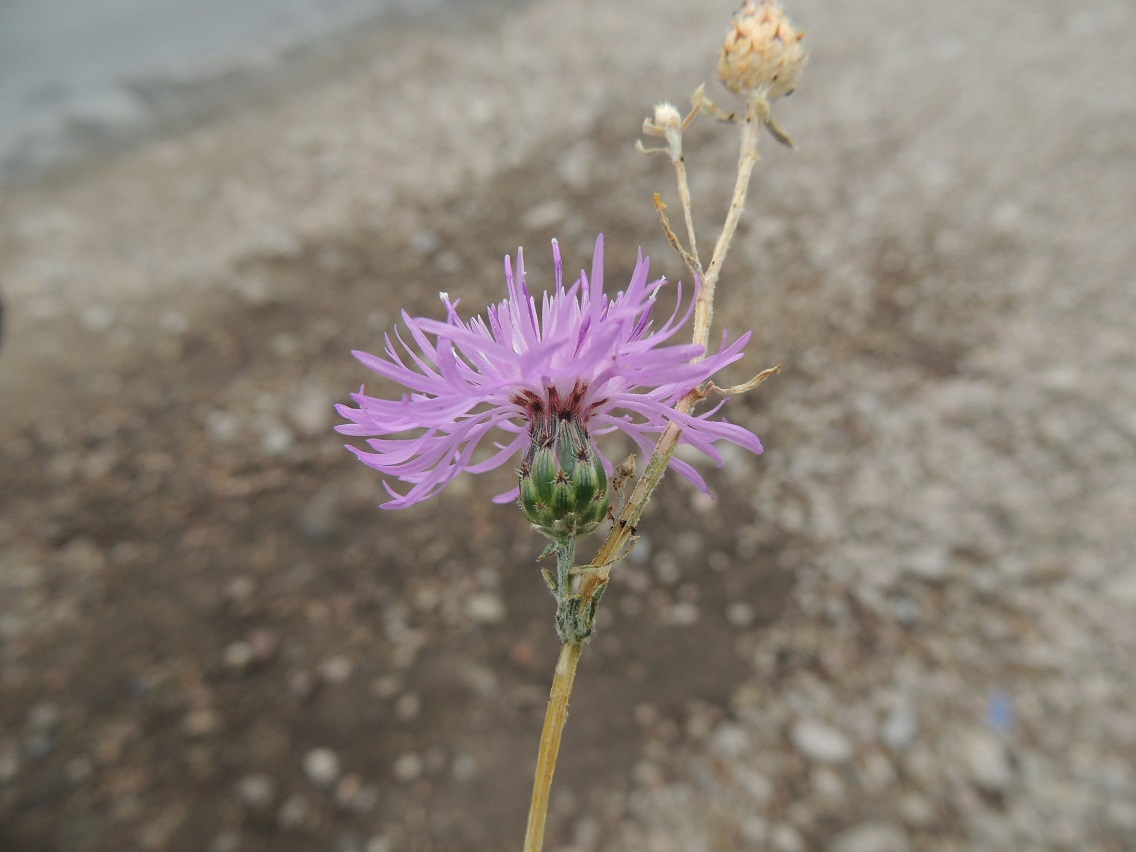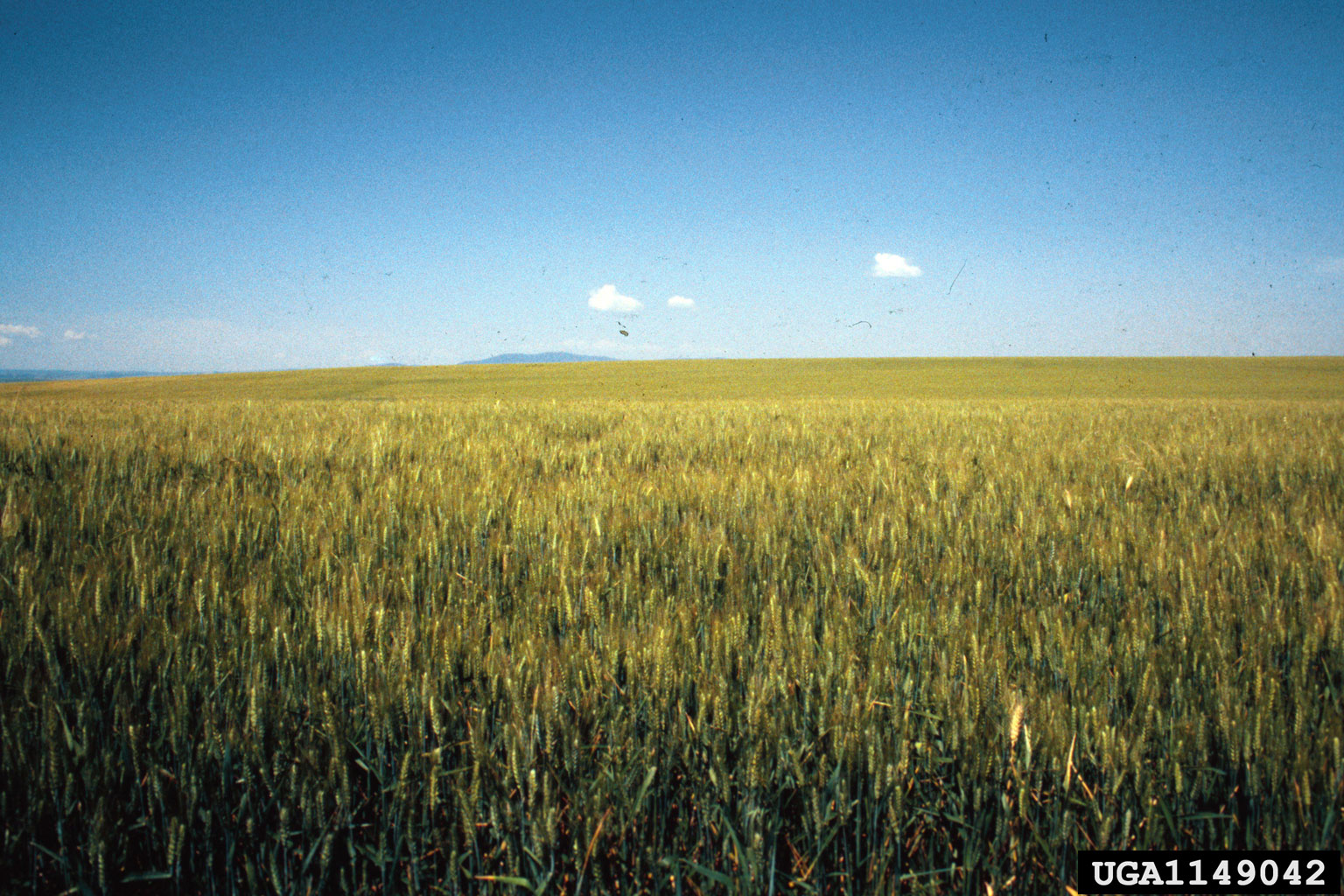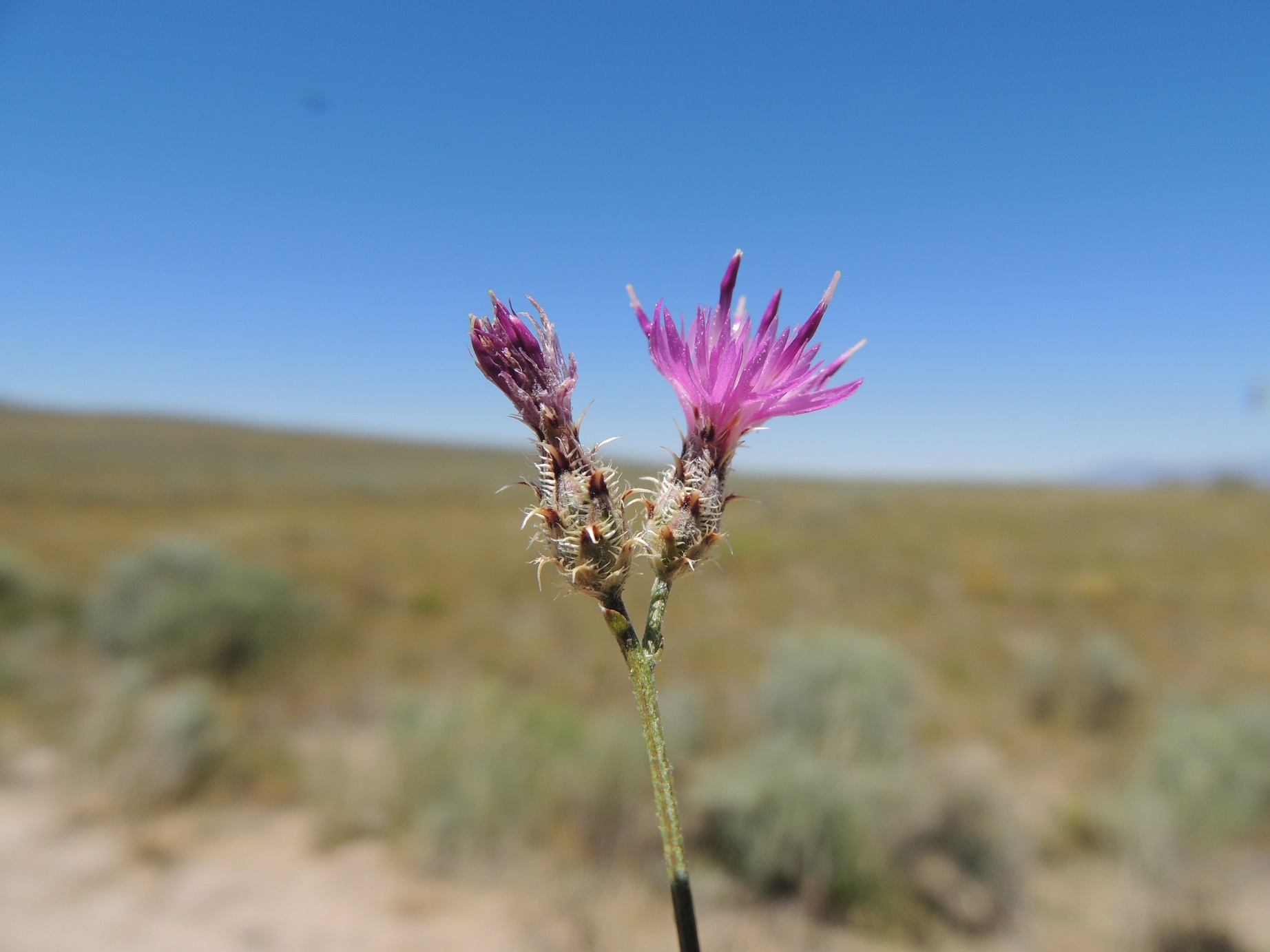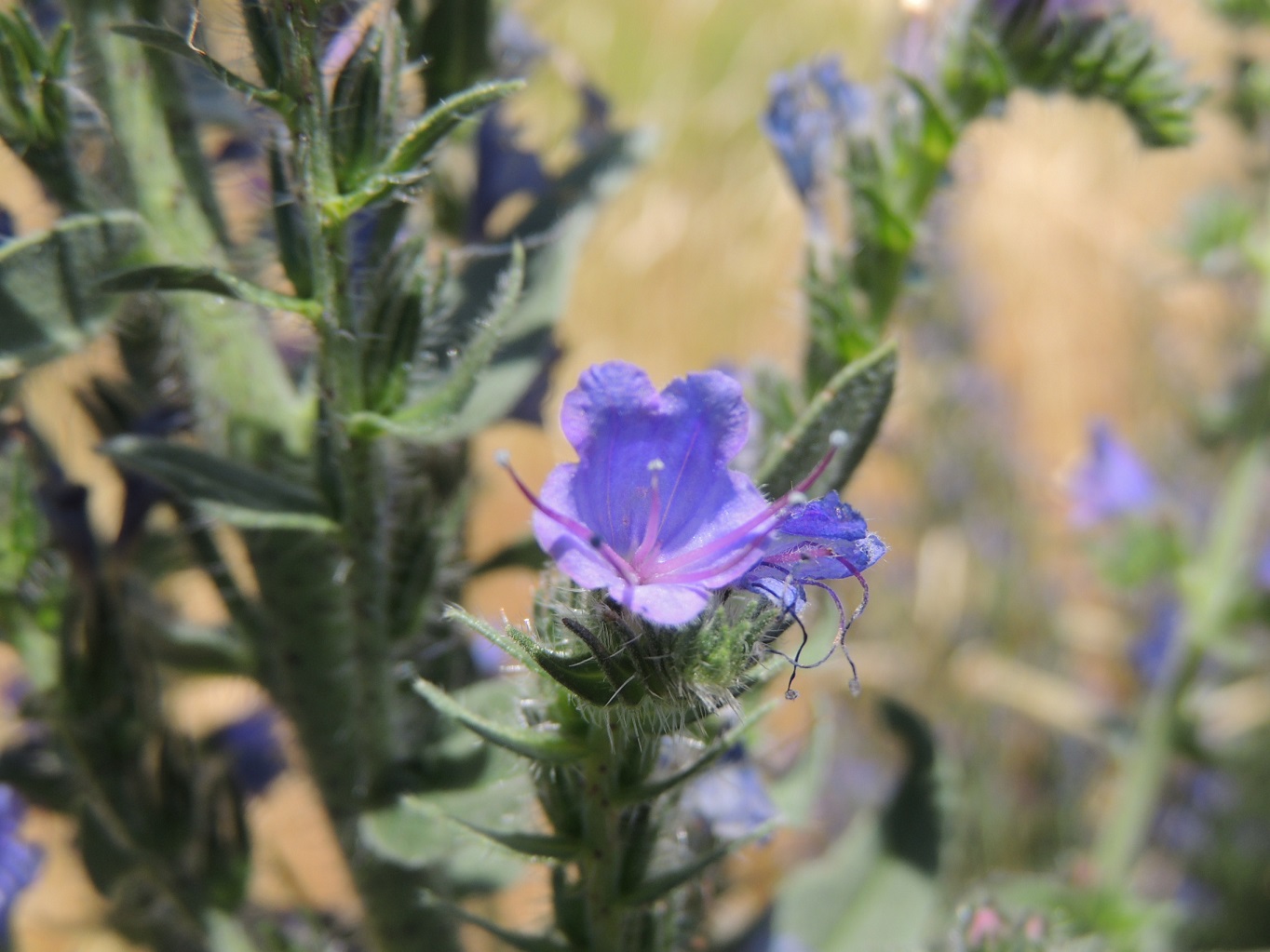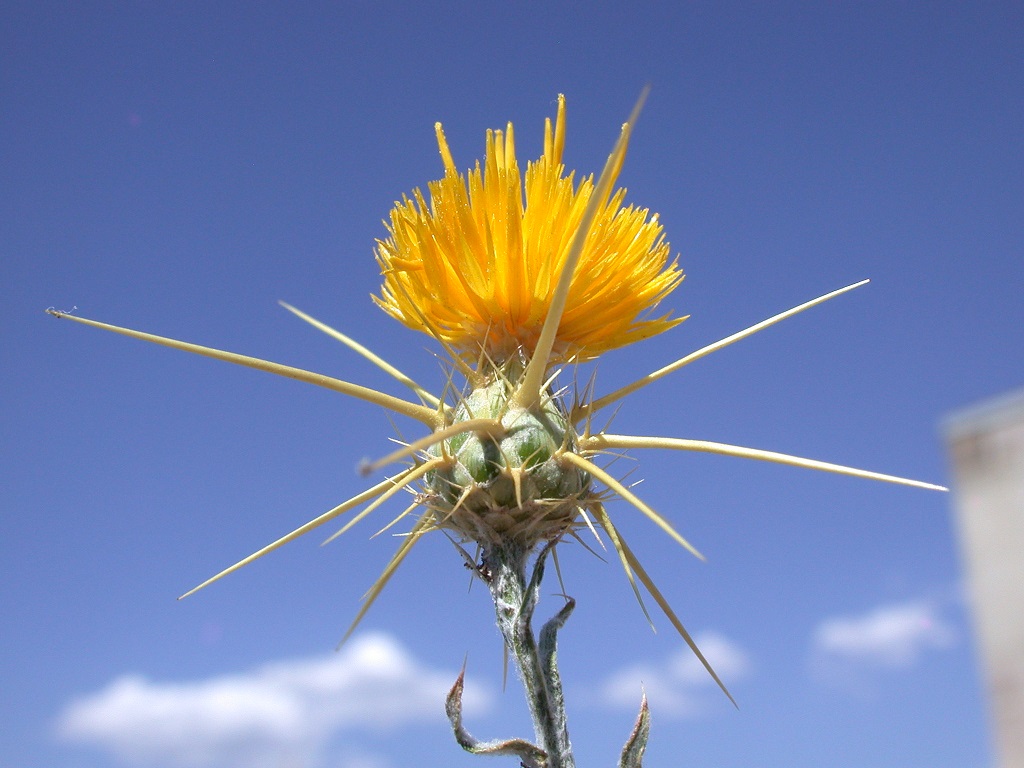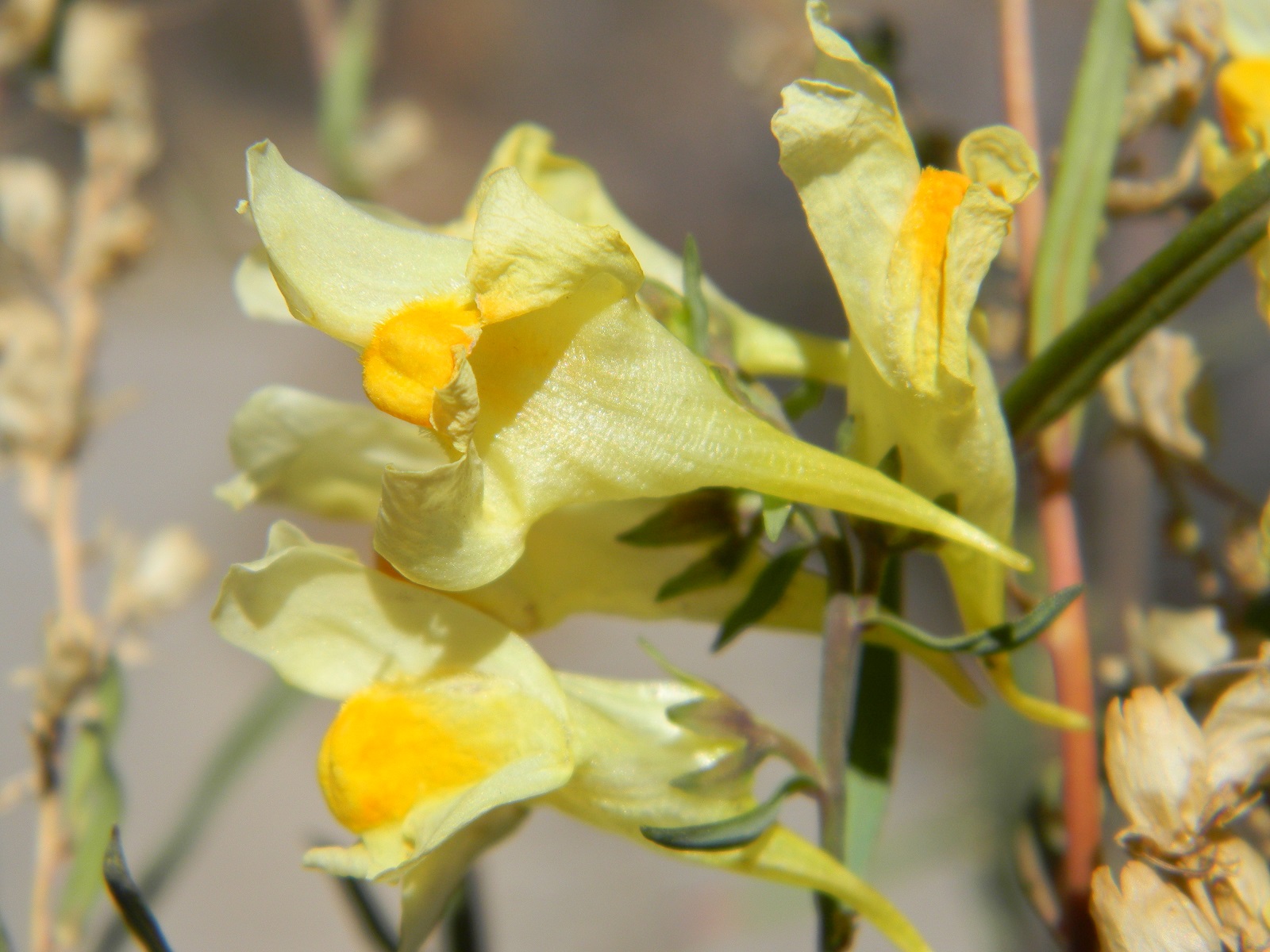Garlic Mustard
- Scientific Name: Alliaria petiolata
BACKGROUND: This plant is native to Europe and is found in deciduous forests and wetlands, along roadsides, and in disturbed areas. It thrives in shady sites, and can form dense stands. Garlic mustard is suspected of chemically inhibiting the growth of other nearby plants and suppresses the natural microbial community and, by doing so, adds to the stresses that are leading to greater tree mortality and wildfire risk. Garlic mustard is toxic to some native butterflies.
DESCRIPTION : Garlic mustard is a biennial that grows up to 4 feet tall. Rosette leaves have a rounded heart-like shape, and mature leaves are arrow shaped with unevenly toothed margins. Injured plant parts can smell like garlic particularly the rosettes. Branch tips produce clusters of four-petaled white flowers, and narrow seed pods grow upright from the stalk. Seeds are sticky when wet, and can remain dormant for 10 years in the soil.
CONTROL: Hand-pull before seed production, completely remove roots, and dispose of the entire plant into the trash. Herbicides can be effective.


